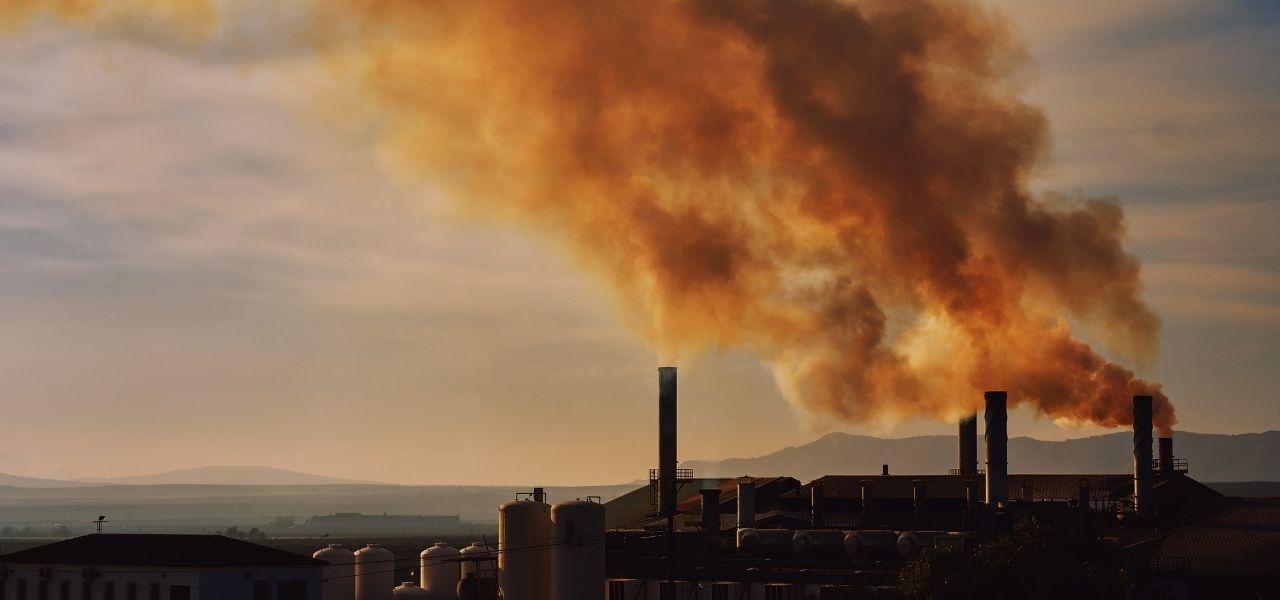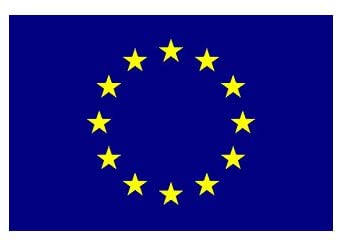The impact of COVID-19 on air quality in urban areas
SPASCIA recently published the work performed on the analysis of S5P NO2 product for city pollution, done in the framework of PHIDIAS project.
Nitrogen dioxide (NO2) is a good indicator for air quality (AQ) in urban and industrialized areas. The instrument TROPOMI on the ESA S5P satellite provides high quality daily measures of the NO2 tropospheric column from space. The lockdowns that countries and cities have implemented to mitigate the spread of Covid-19 represent an unprecedented reduction of human activities that significantly impacted AQ and NO2 emissions in urban areas.
Several communications have associated lockdowns resulting from Covid-19 with a decrease in NO2 air pollution as observed from space by TROPOMI. This relationship between NO2 measurements from space and lockdowns must be further discussed and consolidated: how accurately can we quantify NO2 pollution reduction at city scale during lockdown periods with TROPOMI data only?
This work presents a processing of TROPOMI NO2 level 2 data into an original time series – the city-scale NO2 plume mass –- that has been designed to quantify the NO2 pollution level over cities. This is used to verify the impact of lockdowns on NO2 and to examine how urban NO2 pollution reduction associated with lockdown periods may be quantified, on the basis of yearly variations of the TROPOMI city-scale NO2 plume mass and related uncertainty, exploited over representative periods of time.
We evaluated this measure and checked the corresponding added value and limitation for quantifying the impact of lockdowns on NO2 variations and separate from other effects, comparing with independent CAMS data and in situ measurements. Building on these results, our second objective was to estimate the reduction on the NO2 tropospheric level over four European cities during their respective lockdowns.
The methodology developed may be applied to any major cities and industrial areas. This work should be considered as an initial demonstration for a space-based monitoring system of air quality at the city scale. It may also serve as a testbed for assessing national and international regulations to reduce pollutant levels.
The full article can be downloaded at this link: https://doi.org/10.1016/j.cacint.2020.100051






